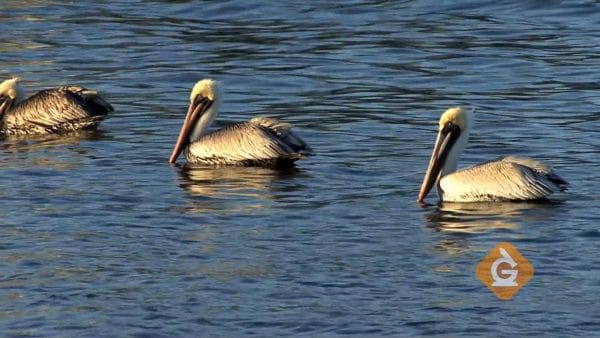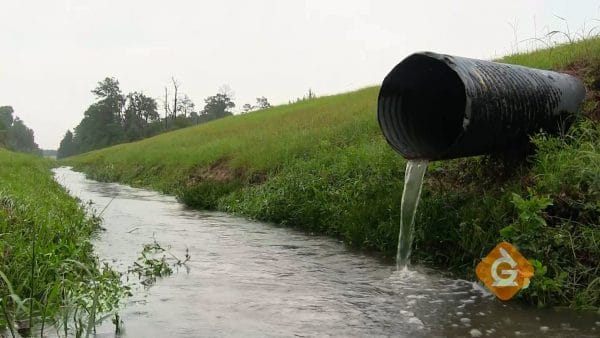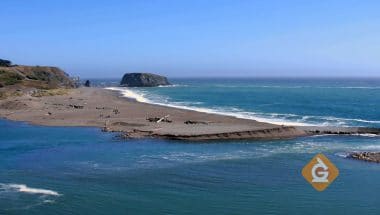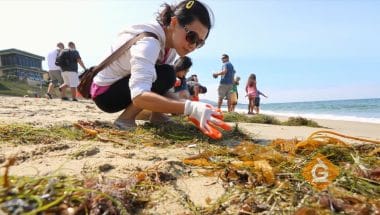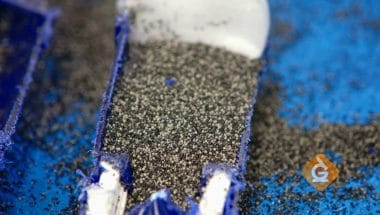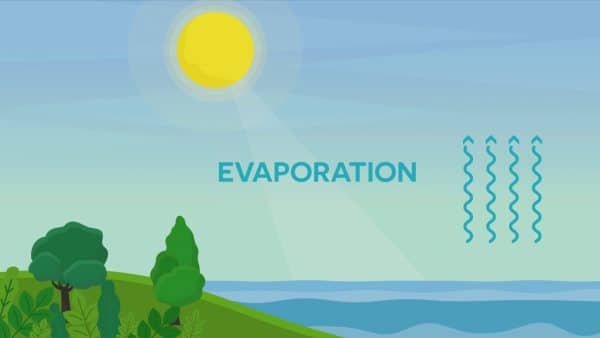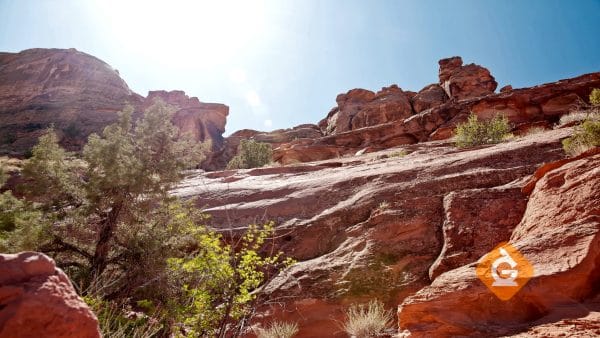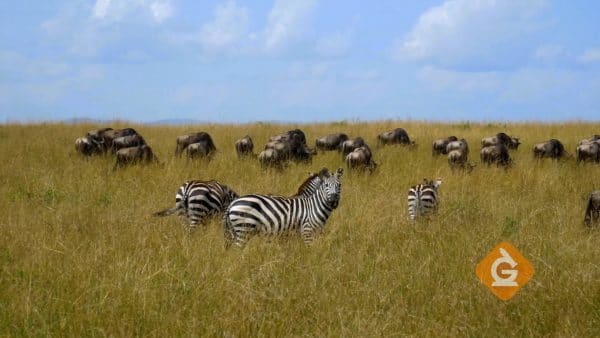Programs like “Heal the Bay” give beach report cards to indicate the health of a beach. They measure levels of bacteria to determine if the beach is safe for swimming. Too much bacteria in the water can make people and fish get sick.
Our Water Supply: Most of Earth’s water is in the oceans.
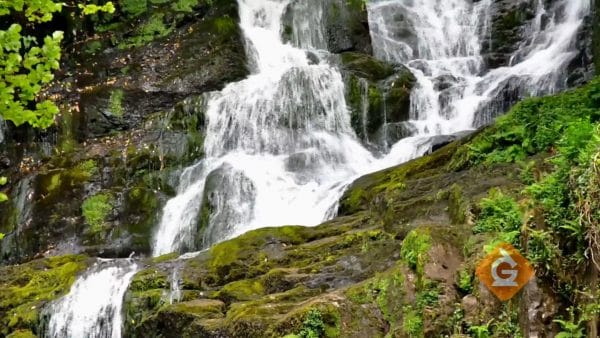
You can divide water into two general categories: freshwater and saltwater. Saltwater is found in the ocean and contains salt. Freshwater is found in glaciers (frozen water), groundwater, and surface water (lakes, streams, ponds, rivers, and swamps).
Water covers 71% of the Earth, but it is not evenly divided between freshwater and saltwater. 97% of the Earth’s water is found in the ocean. That means that only 3% of the Earth’s water is freshwater. Since there is so little freshwater it is very important to know its quality, and how to keep it clean.

